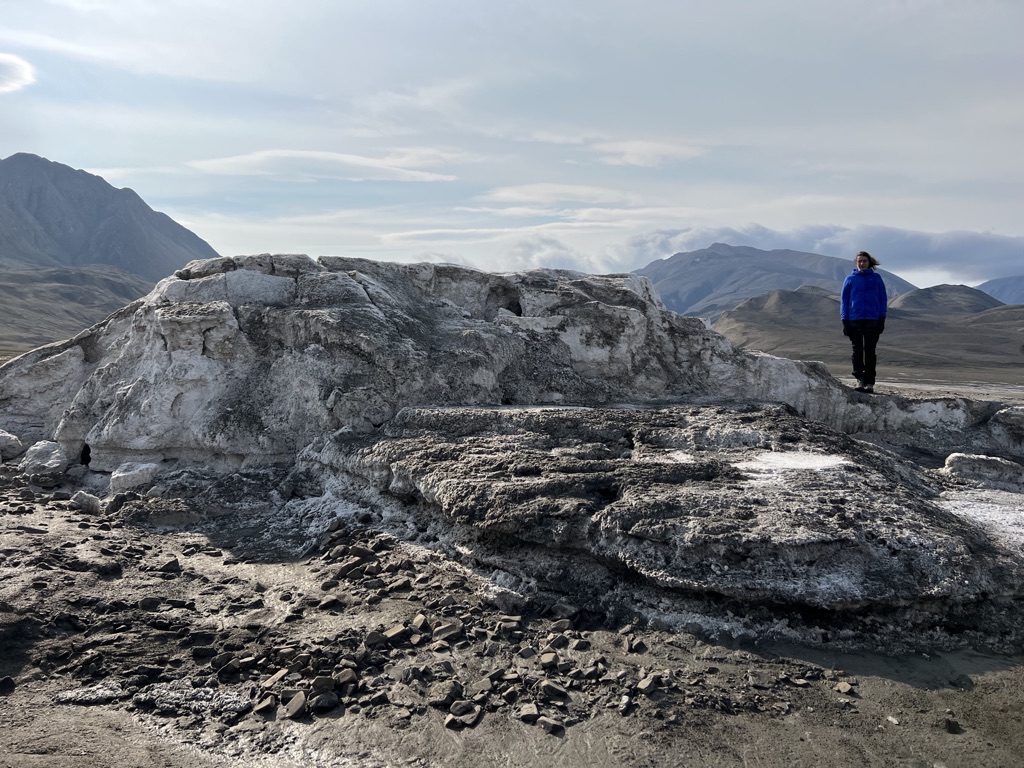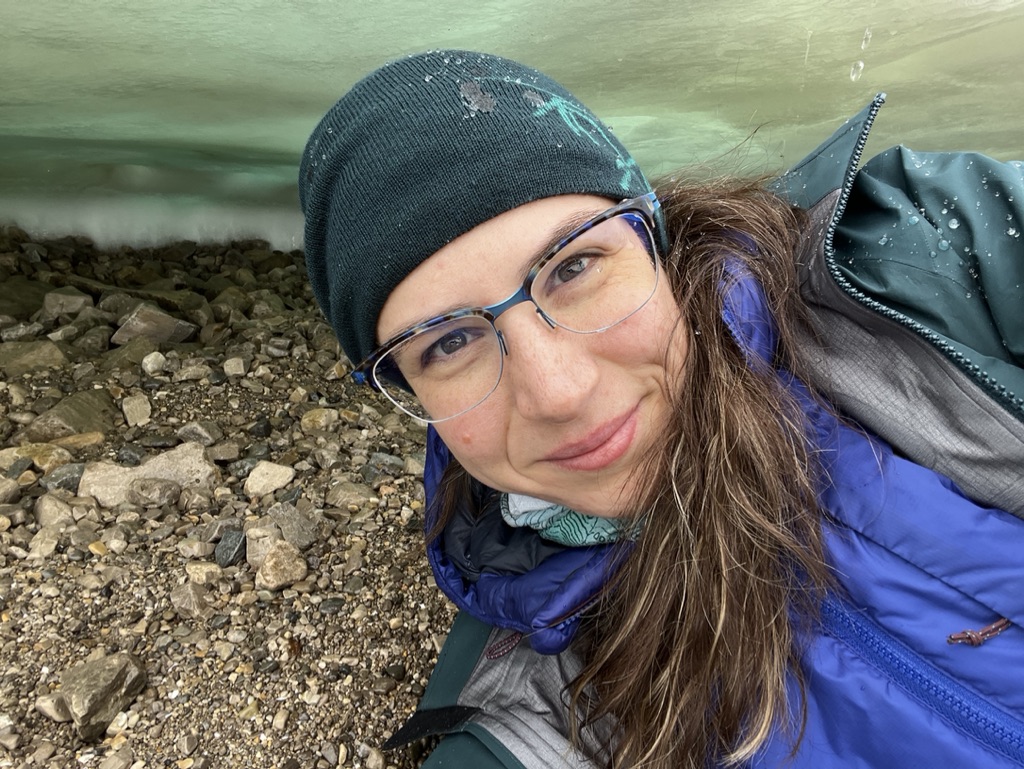
Life on MARS: York U team heads North to look for clues to Martian mystery
Researcher available for interviews for first time from Axel Heiberg Island, Nunavut, where conditions mimic those on red planet
TORONTO, July 13, 2023 - A York University astrobiologist and her team have arrived by chartered plane on MARS – an arctic research station situated on a polar desert island in Nunavut where they will study the “tantalizing biosignature” of methane gas, execute Mars Rover simulations and go for midnight hikes.
Haley Sapers, Adjunct professor at York University in the Lassonde School of Engineering and visiting scientist with the California Institute of Technology, is currently at the McGill Arctic Research Station (MARS) on Axel Heiberg Island. Although once travelled by Indigenous people, Axel Heiberg is currently uninhabited and only used by scientific expeditions and adventure companies. With stark landscapes in one of the northernmost regions in Canada, Sapers says the island is a unique environment, as beautiful as it is illuminating, and not just because of its 24-hour summertime sun.
“With its permafrost-hosted methane seeps, this is really the only place in the world that you can go to study this phenomenon,” says Sapers. “Additionally, the polygonal terrain here, which looks very similar to polygonal terrain on Mars, is a compelling geological analogue.”
The conditions in the Martian subsurface are consistent with the habitats of some extreme forms of microorganisms here on Earth, such as those that may live in hyper-saline cold springs in the Arctic. The gas released from the island’s springs could function in a similar way to methane gas plumes on Mars, which present one of science’s current greatest mysteries: Where is it coming from? Does methane signal life on Mars the same way its presence on Earth does? And do these plumes give clues to what areas of Mars could be inhabited down the line?
Less than a one-hour hike from MARS, several springs situated on Gypsum Hill near the bank of a river formed by glacier run-off streams emit the methane gas the researchers are interested in.

To measure the seeps, Sapers and the team – which includes scientists from Caltech and McGill, fellow York professors at the Centre for Research in Earth and Space Science in the Lassonde School of Engineering Mike Daly and John Moores, and York graduate students Alex Innanen, Elisa Dong, Grace Bischof and Madeleine Walters – are partnering with Quebec-based technology and engineering company ABB Inc. to create a spectrometer capable of frequent and sensitive measurements of methane gas on the red planet.
“There's no such thing as definitive proof that we have life on Mars, unless we go there and we can shake hands with the Martians,” says Sapers. “The fact that we see methane on Mars suggests two things: it's an energy source for microorganisms and, on Earth, it's produced by microorganisms. So it gives us more clues as to present-day habitability and clues as to where life could be.”
Using geobiology techniques developed for ocean research cruises, the team will combine detailed biological and chemical sampling with methane measurements from the deep sediments of the spring and analyze the microbes to see if they can oxidize methane.
“The oxidation of methane by microbes in deep-ocean methane seeps prevents large amounts of this greenhouse gas from being released into the atmosphere,” explains Sapers. “Understanding if the arctic microbes are capable of methane oxidation not only has implications for possible life on Mars, but would also show the importance of Arctic microorganisms in mitigating increased methane emission as a result of warming temperatures in the Arctic.”
The researchers, whose work is being sponsored by the Canadian Space Agency, will also take methane readings in the atmosphere, giving valuable information on how climate change may affect the flux of methane into the Earth’s surface, and Innanen, who has experience with the Curiosity Rover currently on Mars, will lead the group in a simulated mission.
While not her first trip to the island, with MARS now having access to solar-powered WI-FI via Starlink for the first time, Sapers says this year’s trip is a vastly different one.
“It makes interviews and mission simulations possible, but it really changes the character of the experience. It no longer feels like we’re a world away.”
Sapers is available for interviews from MARS until July 19 in the mornings and evenings via video conferencing, weather conditions permitting.
Additional photos and video footage available by request.
About York University
York University is a modern, multi-campus, urban university located in Toronto, Ontario. Backed by a diverse group of students, faculty, staff, alumni and partners, we bring a uniquely global perspective to help solve societal challenges, drive positive change, and prepare our students for success. York’s fully bilingual Glendon Campus is home to Southern Ontario’s Centre of Excellence for French Language and Bilingual Postsecondary Education. York’s campuses in Costa Rica and India offer students exceptional transnational learning opportunities and innovative programs. Together, we can make things right for our communities, our planet, and our future.
Media Contacts: Emina Gamulin, York University Media Relations and External Communications, 437-217-6362, egamulin@yorku.ca
